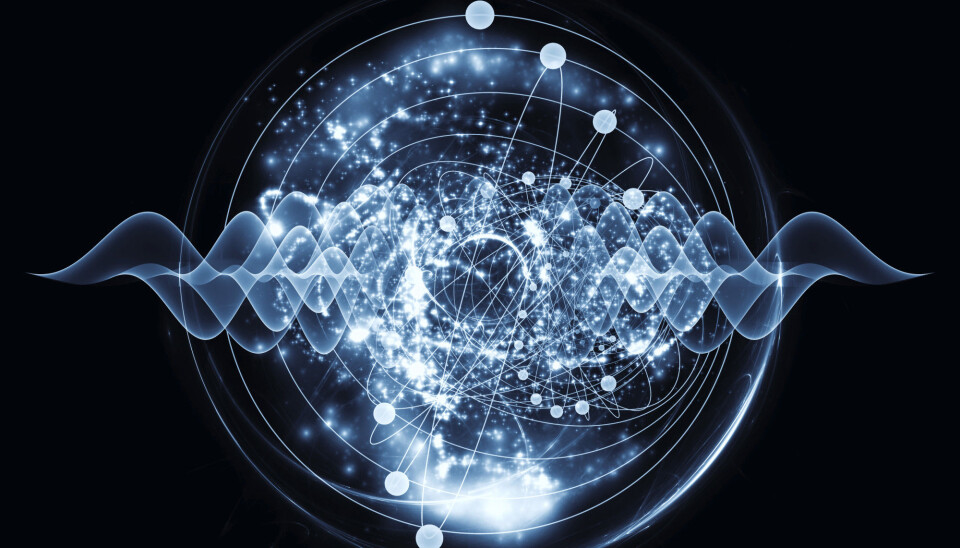An article from Norwegian SciTech News at NTNU

One step closer to quantum computing
Researchers have made a discovery that can be key to the development of faster computers that use less energy.
Denne artikkelen er over ti år gammel og kan inneholde utdatert informasjon.
It isn’t usually possible to make materials do what you want them to do without fighting nature’s inclination to preserve symmetry, but a new discovery by researchers at NTNU challenges this idea.
Their discovery may have huge practical implications when it comes to the development of new kinds of high-speed, highly energy efficient computers, often called quantum computers.
Spintronics
Justin Wells, an associate professor in the Department of Physics, is working in a relatively new field of electronics called spintronics.
Instead of using the charge of an electron to carry the endless binary code of 0s and 1s that is at the foundation of all computing, spintronics takes advantage of a wholly different feature of an electron – its spin. Spin is a quantum property of electrons that can be explained simply as the way in which an electron rotates and thereby creates a magnetic field.
“In normal electronics, there are usually an equal number of electrons in all directions of spin, but spintronic materials only allow certain spin directions,” Wells explains.
An exciting material
Wells says that many physical phenomena occur because of a material’s symmetry, or because that material’s symmetry has been disturbed. The material properties of crystals, magnets and superconductors are all dictated by their symmetries.
Until now, scientists have assumed that certain kind of symmetries (in researcher jargon: either time-reversal symmetry or inversion symmetry) need to be broken to create an inequality of spin-up and spin-down electrons.
Well has a newly published article in Nature Physics which demonstrates that this is not necessarily the case.
“We’re looking at an exciting material, tungsten diselenide (WSe2),” he says. “We show that a strong spin-anisotropy is present while both inversion symmetry and time-reversal symmetry are preserved, which suggests that this material may be ideal for use in future low energy, high-speed spintronic devices.”
Spin-anisotropy means that an electron’s spin has a specific orientation.
Challenging fundamental principles
The research at NTNU has shown that this material follows all the normal rules of symmetry, but still allows a strong spin-anisotropy, which is groundbreaking.
“We’ve shown that this unique situation occurs because of the unusual arrangement of atoms in the two-dimensional sub-grid,” Wells explains. “Our work challenges a fundamental principle in solid-state physics: is it really as necessary as everyone thinks to break symmetry?”
Their discovery means one step closer to data transfer not by moving electrons, but rather by changing their spin. In quantum computers, the complex use of spin-anisotropy means that data is processed much faster and uses less energy.
In comparison, traditional computers only process on- or off signals, which is slower and consumes more energy.
An international group
This project is an international collaboration between NTNU, St. Andrews (Scotland), Aarhus (Denmark), Tokyo (Japan), MPI Stuttgart (Germany), Suranaree (Thailand), and synchrotron light sources in Great Britain (Diamond) and Sweden (MAX-III).
Synchrotron light sources are sources of intense ultraviolet and x-ray radiation, which are necessary for conducting experiments on spintronic materials.
Wells and his dedicated group at NTNU have contributed with experience in spin resolved photoemission, an innovative technique that makes it possible to measure electron spin directly.






























